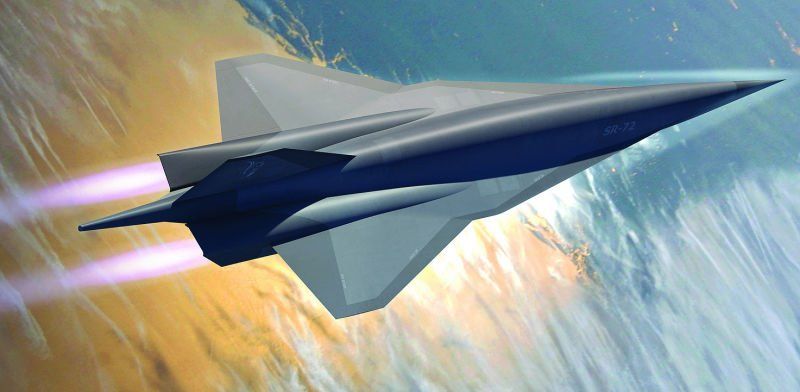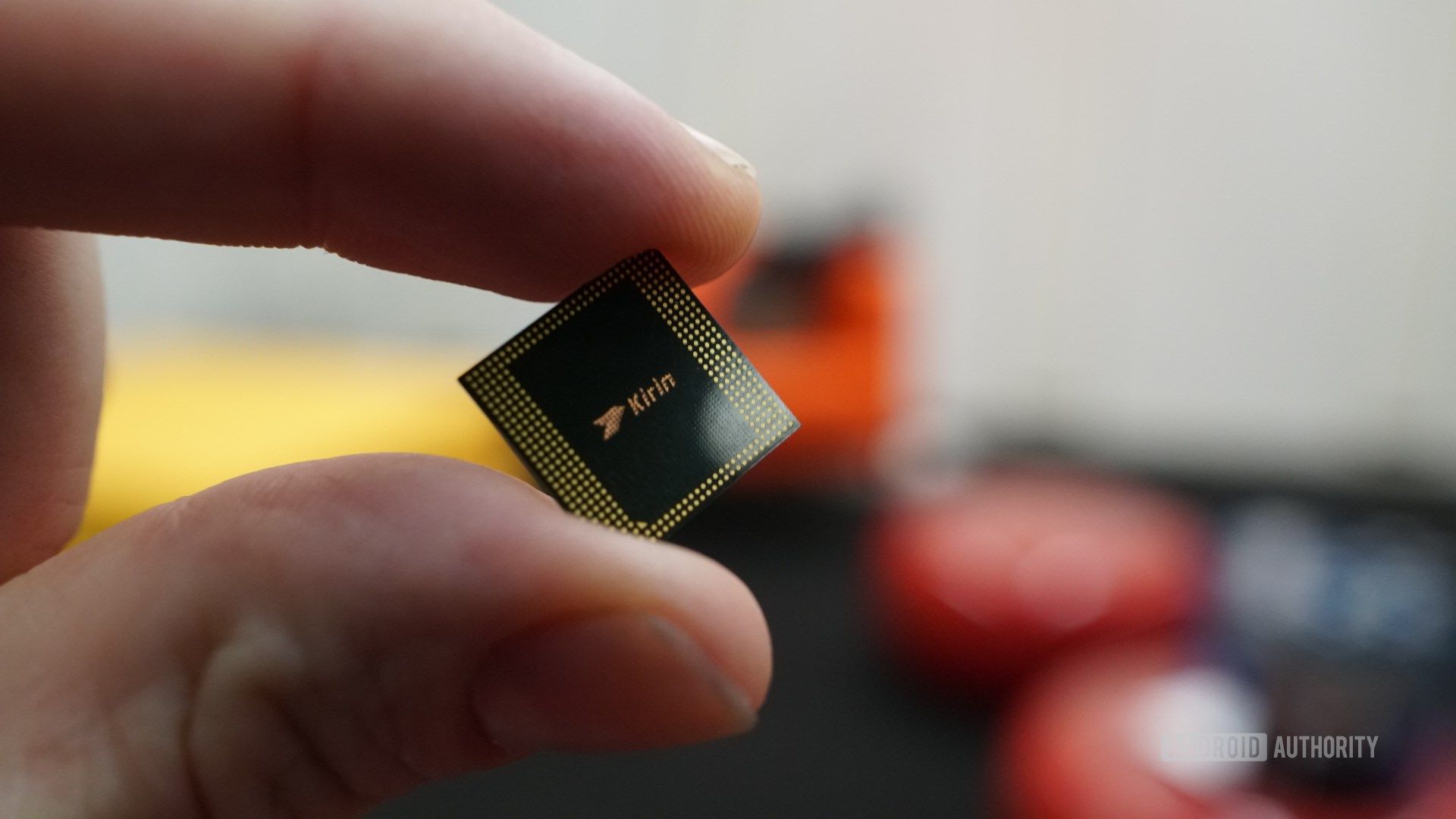Scientists from several universities published a paper in Science Advances, in which they reveal their progress toward the “holy grail” of computing: a light-based microchip that truly rivals the speed and parallel processing of the human brain.
Scientists at the University of Exeter have made a landmark breakthrough in the quest for the “holy grail” of computing: human-brain-mimicking microchips able to store and process information on par with homo sapiens, according to a new Science Advances release.
There are quite a few companies working on developing drones for human transportation, but a new one has just jumped into the fray. With an almost fully developed prototype and plans to start producing them commercially next year, the aptly named Passenger Drone introduced itself by showing off a manned flight on its first prototype.
The company has been quietly working on its tech for the last three years and it has produced a lightweight, car-sized drone that can fly autonomously, be maneuvered remotely or be controlled manually. It’s lifted by 16 rotors and produces zero emissions. Passenger Drone says it plans to build five more prototypes and log over 1000 hours of flight time before proceeding with commercial production.
While Passenger Drone’s rig may be inching close to real life flights, it’s entering a crowded field. Companies like EHang, Airbus and Volocopter are just a few of the groups working on their own models and Volocopter’s drone took its maiden test flight earlier this month.
A proposed hypersonic reconnaissance and strike aircraft, the SR-72 would serve as a replacement for the famed SR-71 Blackbird, which was retired by the Air Force back in 1998. The SR-71 Blackbird could fly at 2200 mph (over 3 times the speed of sound).
Lockheed has said they are working on a combined-cycle engine. It uses both a turbine and a scramjet to achieve hypersonic speeds. Lockheed Martin is testing Aerojet Rocketdyne from 2013 to 2017. Two combined-cycle engines are planned to power the SR-72, which is designed to be about the same size of the SR-71 and could achieve first flight in the late 2020s.
This report on the NAD booster nicotinamide mononucleotide (NMN) will definetly be of interest to Lifeboat members.
NAD is the fountain of youth in mice and is boosted by NMN. This report includes highlights of Aug 2017 interview with Dr. David Sinclair, the researcher who discovered that the anti-aging molecule NAD has rejuvenating effects on mice.
Summary: NMN as a NAD-boosting anti-aging drug. Highlights of the August 2017 interview with David Sinclair, the scientist who discovered that the fountain of youth molecule NAD has remarkable rejuvenating effects on mice. The career of David Sinclair follows a link between sirtuins, resveratrol, NAD-boosting anti-aging compound nicotinamide mononucleotide (NMN), and calorie restriction.
Professor David A. Sinclair, Ph.D. has discovered what may be the fountain of youth. The Australian geneticist with the UNSW School of Medical Sciences and Harvard Medical School reported that by boosting NAD, a naturally-occurring compound found in our bodies, he was able to reverse DNA damage and turn elderly mice into energetic young ones.
More on this #transhumanism AI religion story, w/ some of my quotes in it. This article has 5500 comments on it!
Former Google engineer Anthony Levandowski is emerging from the shadow of a self-driving lawsuit to create a robot god.
The present continues to take inspiration from science-fiction author Isaac Asimov’s visions of the future. In “The Last Question,” Asimov conceived of an artificial intelligence project known as Multivac. Its purpose was to solve for the inevitable heat death of the universe, but in the end, it becomes that answer.
President Chunli Bai of the Chinese Academy of Sciences in Beijing had a meeting yesterday with President Anton Zeilinger of the Austria Academy of Sciences in Vienna.
Although 7,400 kilometres (4,600 miles) apart, they were certain no uninvited guests were eavesdropping thanks to the fact their video call was encrypted. Quantum style.
Just a few months ago, China was in the news for a landmark achievement in quantum communication, using a satellite called Micius to transmit entangled photons over a record distance.








